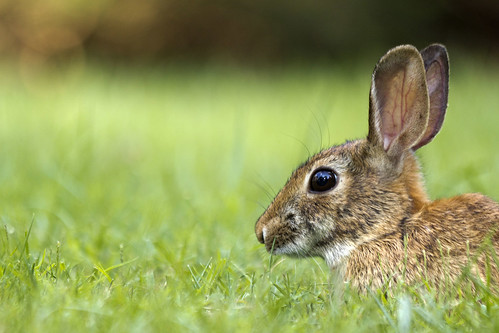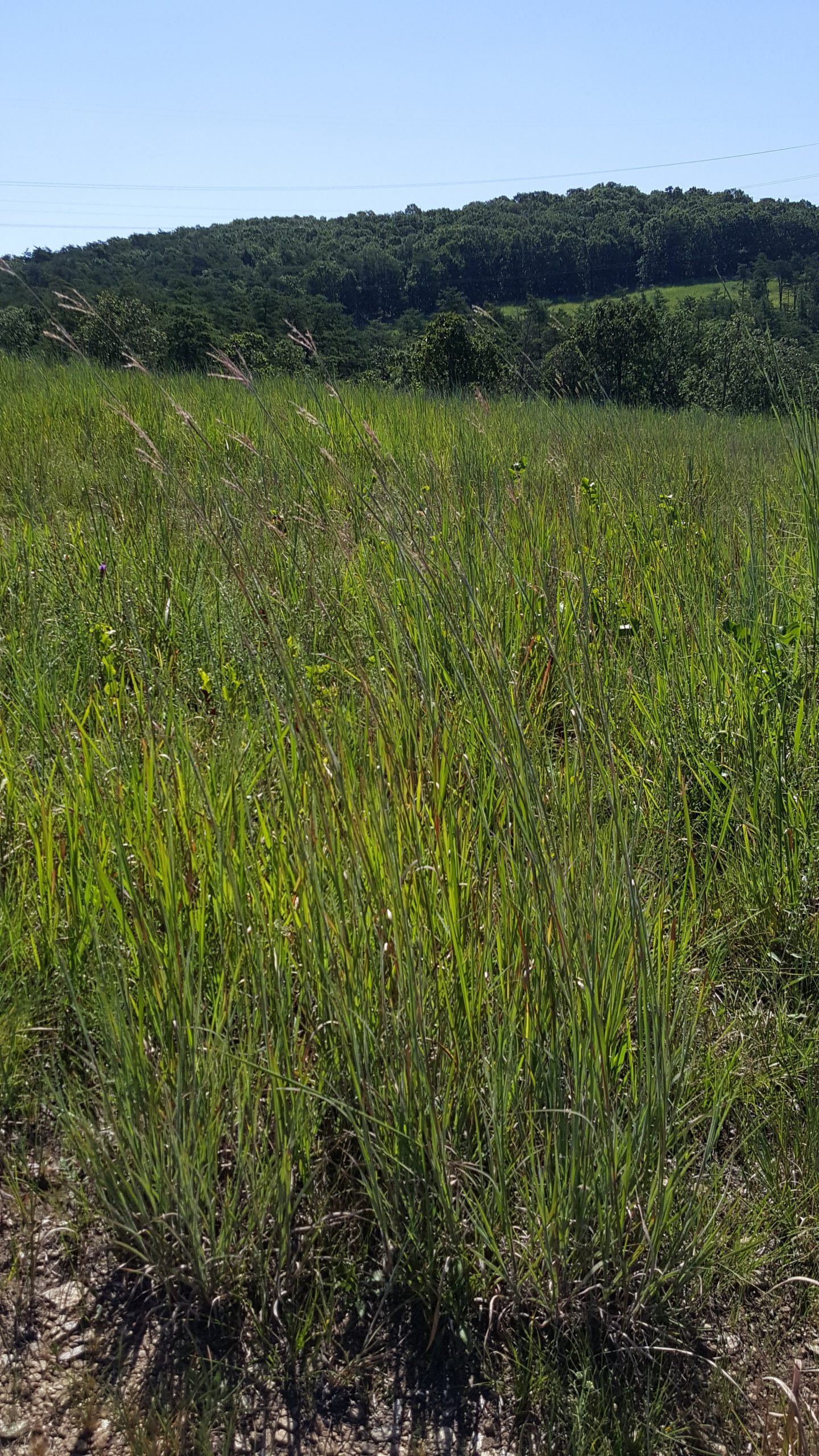Native Plant Profile: The Latest for Lawn Lovers
Perhaps one of the most common criticisms of the movement to fill our properties with native trees and gardens is that people miss lawns! There is something pleasing about the vista of a green lawn, or the smell of mowed grass in the summertime… Still, the benefits of replacing your lawn with more beneficial plantings cannot be denied.
At the Wildlife and Heritage Service, we get questions all year round about what species to use that can be mowed, walked on, or at very least stay small and preserve an open view as lawns do. Options include groundcovers, ornamental or warm season grasses, establishing a wildflower meadow, or creating additional garden bed space. This question is clearly a hot topic for other gardeners nationwide; a recent research project at the Mt. Cuba Center specifically evaluated Carex species (a genus of grass-like perennials plants) for potential as lawn replacements. Their 4-year trial evaluated the qualities, survival, and adaptability of 70 different Carex species. They even considered cultivars (a plant variety that has been produced by selective breeding for a preferred characteristic), which has long been a subject of curiosity amongst gardeners. Similar to independent testing done for consumer ratings and reviews on appliances, they gave each species a number score. Plants were tested for performance metrics like how they held up with frequent mowing, aesthetic appearance, and how soft they felt under your feet (see pg. 20, here!). Still, will it hold up to a team of kids playing soccer? Stay tuned; their future research will assess how native Carex species perform with heavy foot traffic.
Tackling lawn replacement is a big project that can feel overwhelming. If you’re considering taking it on, remember to take your soil and site condition into careful consideration, and always start small. Summer is a great time to look around your property and neighboring areas for what native species already like it there, plus gather ideas and research in preparation for the next planting seasons. Fortunately there are numerous resources out there to help! In addition to the links above, here are a few more:
- The University of Maryland Extension Office – their article category on Lawn Alternatives is a wealth of information, including case studies and this great summary article.
- Cultivars of native species are found in garden centers all over Maryland. Many gardeners ask a similar grasses question: if the color, size, or other aspects of the plant’s appearance or growth changes, will it affect the species that need them? Check out how plants perform as food and habitat for native species at Mt. Cuba Center, here. Also, take a look at this 2016 study from University of Vermont on the same subject.
- Do you have a large piece of property where you are considering planting a native meadow? Remember (and our friends in the Department of Agriculture would agree): bare soil means trouble. When replacing existing plants, make sure to use stabilization or cover crops in the interim if soil needs to be exposed for any significant length of time. Besides our resources for native wildflower meadows, check out UMD’s page on meadows or this paper from the Xerces Society for Invertebrate Conservation.
- As always, remember to use resources like the Native Plants for Wildlife Habitat and Conservation Landscaping booklet or this filterable listing from Alliance for the Chesapeake Bay when picking the best native plants for your backyard habitat.
Hello, Habichatters! In this summer issue, you’ll find a native animal profile about one of my favorite avians, along with a discussion of native lawn alternatives and resources for planting low growers. As summer reading programs gear up, we’re offering some suggestions of our favorite books for young naturalists to add to your lists. And finally, don’t forget to bling out your native gardens with colorful certification signs to educate your neighbors. Congrats to all our student readers for another academic year completed, and have a great summer!
Sarah Witcher
Sarah.Witcher1@Maryland.gov
410-260-8566
Click here to have HabiChat—the quarterly backyard wildlife habitat newsletter from the Wild Acres program—delivered right to your inbox!
In this Issue
-
Native Animal Profile: Wood Thrush
- A Wild Summer Reading List for the Young and Young at Heart
-
Why Certify? An Overview of Garden Habitat Certifications




 1-888-373-7888
1-888-373-7888 233733
233733